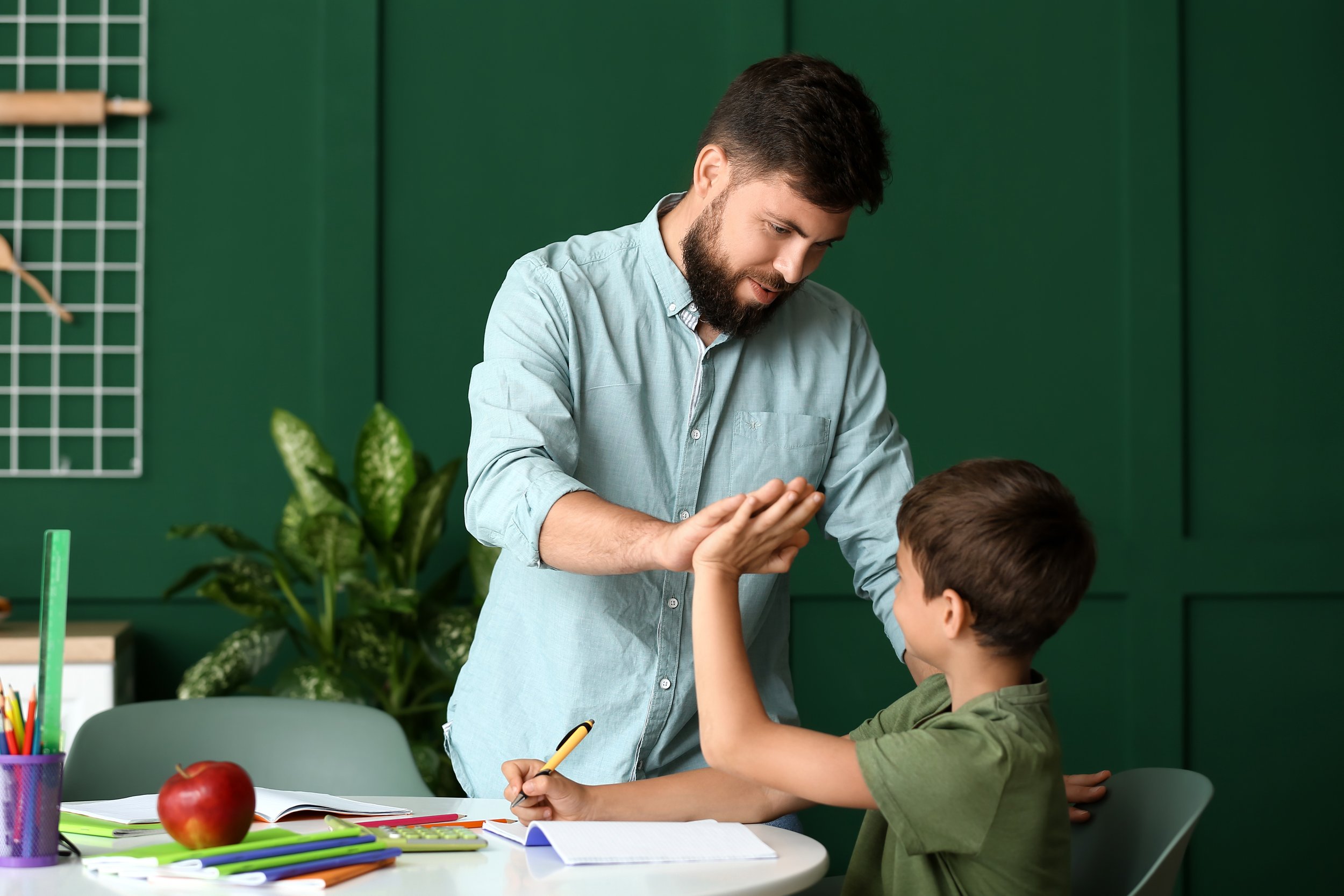Understanding Your Kids’ Learning Styles
As your kids head back to school this fall, one of your top priorities, as a parent, is to help them with their homework. But how do you best do that? To be sure they truly understand the material, it’s useful to know how they learn. Researchers have discovered that there are four major learning styles: visual, auditory, reading/writing, and kinesthetic. Below are brief descriptions of each learning style and how you can tailor your homework help.
Visual Learners
How They Learn: Visual learners process new information by seeing it. A sign that your kids might be visual learners is that from a young age they lingered over illustrations in books and other visual stimuli. Another sign is that they love to draw or paint. At school, visual learners often doodle when they listen to the teacher. It helps them better understand and remember the material.
How To Help With Homework: Have your kids create visual representations of the material they’re supposed to learn. This can be charts, diagrams, figures, maps, and timelines. Other useful tools include color-coded flashcards, sticky notes, and folders. If they have a hard time understanding something, show them how it’s done instead of telling them how to do it. Since visual learners often get distracted from too many visual stimuli, it’s important to keep their study space neat and clutter-free.
Auditory Learners
How They Learn: Auditory learners process new information by having it explained to them out loud or by vocalizing it themselves. A sign that your kids might be auditory learners is that they “read” books out loud to themselves, even before they learned to read properly. Another sign is that they love listening to music and singing. At school, auditory learners often hum when they do their work.
How To Help With Homework: Have your kids vocalize the material they’re studying. Making up rhymes and songs will help them better remember it. Have them record themselves explaining the material, so that they can listen to the recordings whenever needed. If they have a difficult time understanding something, explain it to them orally. Since auditory learners are highly sensitive to auditory stimuli, have classical or instrumental music playing in the background when they study.
Reading/Writing Learners
How They Learn: Some kids process new information by reading or writing about it. A sign that your kids might be reading/writing learners is that they enjoy keeping a journal or writing creative stories. At school, reading/writing learners are especially good at taking notes from their textbooks and from what the teachers are writing down on the blackboard.
How To Help With Homework: Have your kids write down what they’re supposed to learn in an organized way. Have them create detailed study notes, organized nicely into sections with proper headings. Get them to look up information online and in reference material as they work. Since reading and writing require focus, make sure their study space is nice and quiet.
Kinesthetic Learners
How They Learn: Kinesthetic learners process new information through hands-on activities that allow them to touch and manipulate objects. A sign that your kids might be kinesthetic learners is that they love creating new things with building blocks or taking things apart to see how they work. At school, kinesthetic learners especially enjoy tactile scientific experiments.
How To Help With Homework: Have your kids study with physical objects. This can be using coins to learn math, or cutting letters to practice spelling. Since touch and movement help kinesthetic learners process new information, encourage them to stretch regularly or move when they study.
Story by
Tanni Haas, Ph.D.



